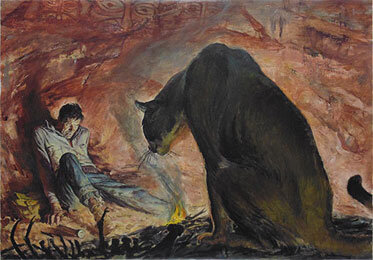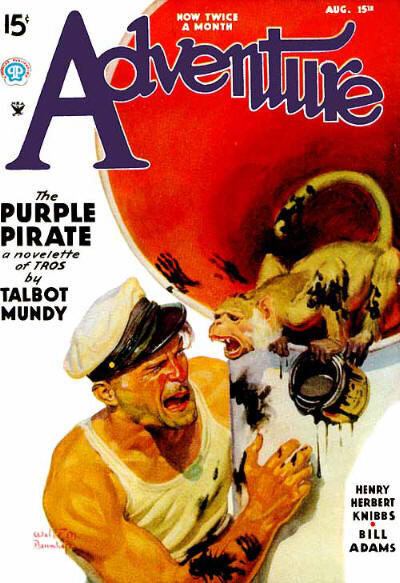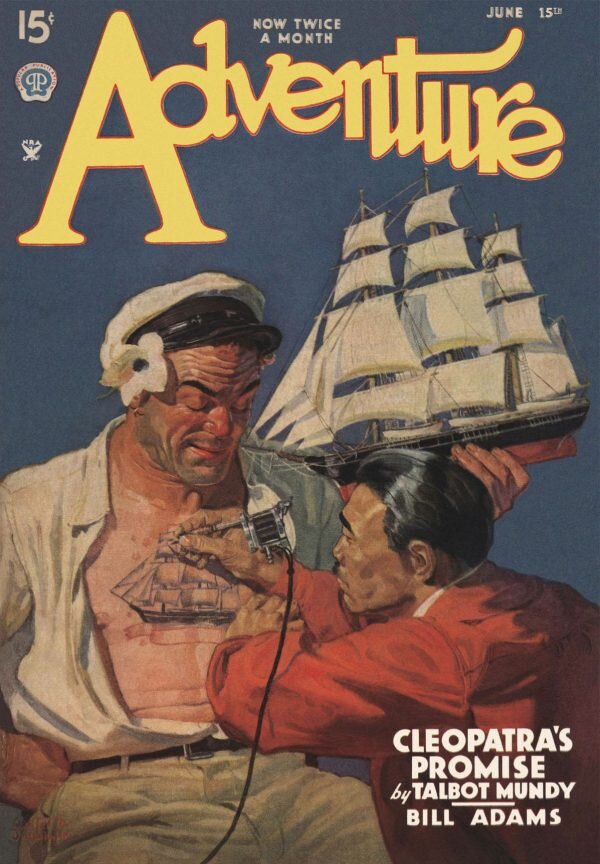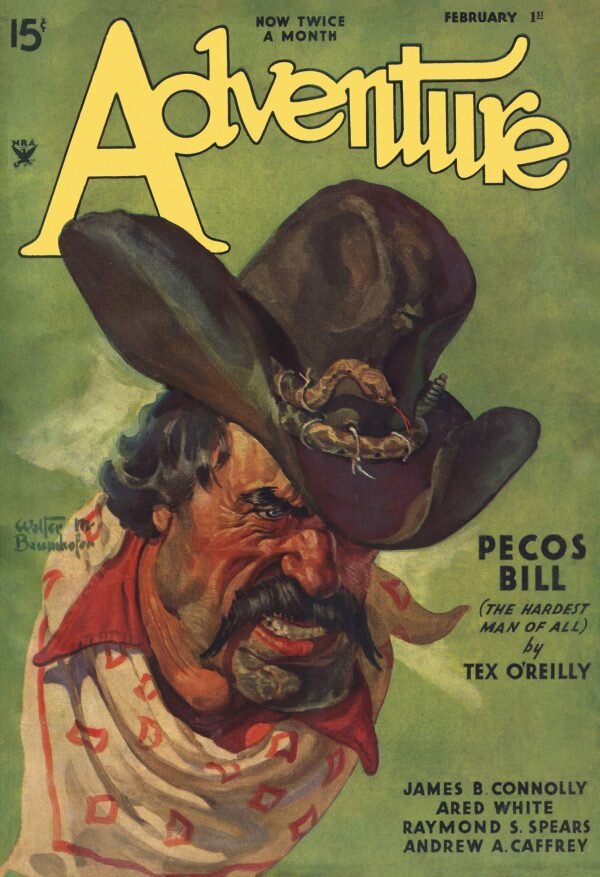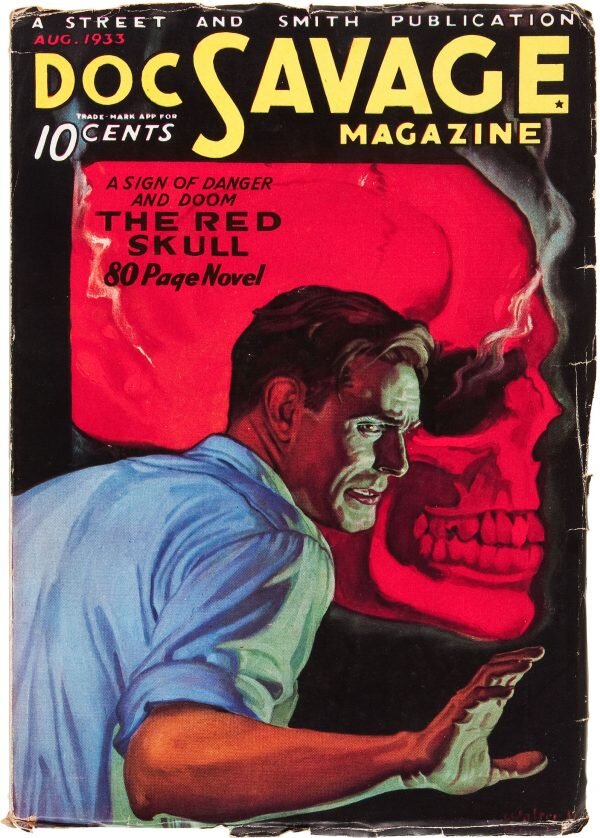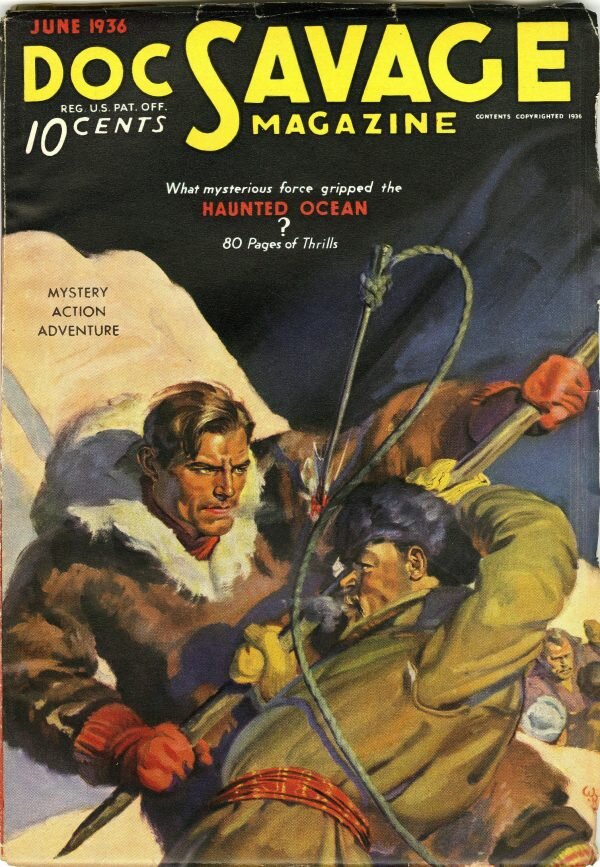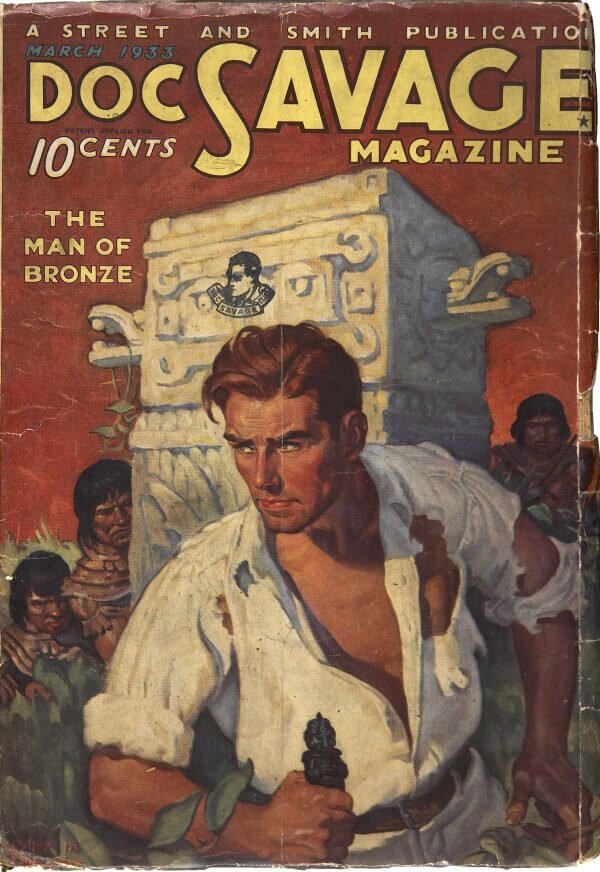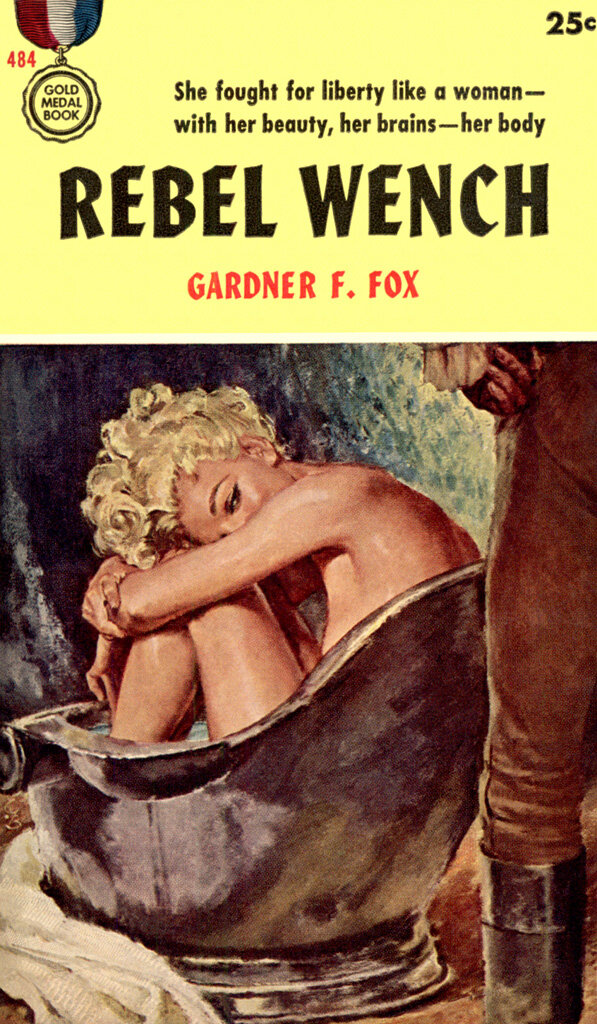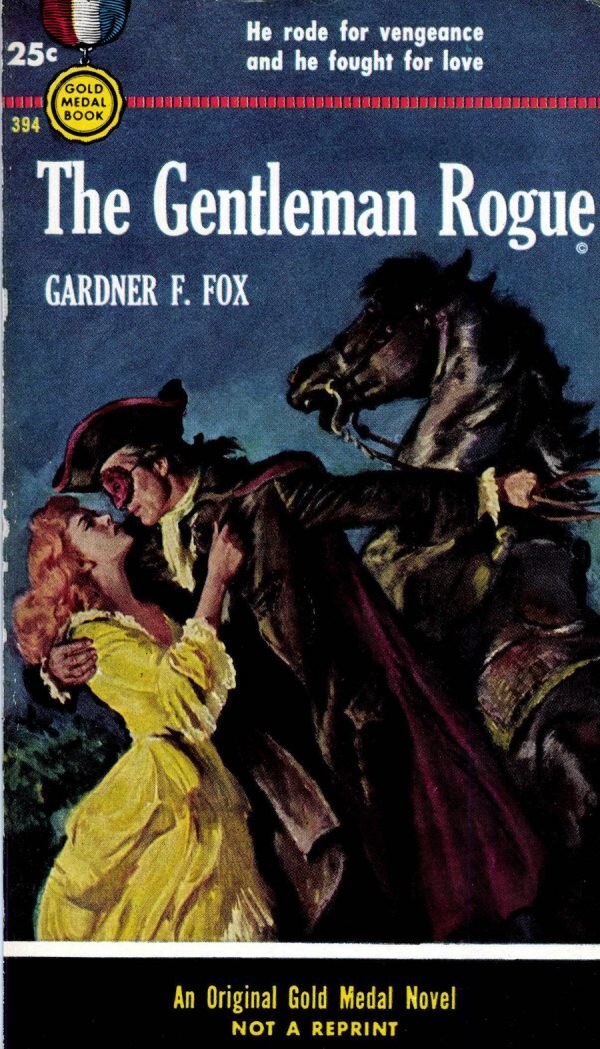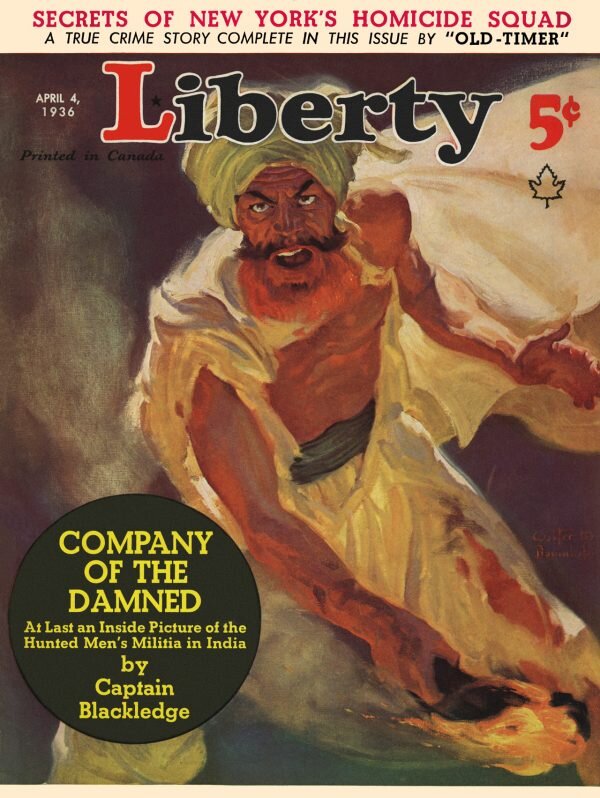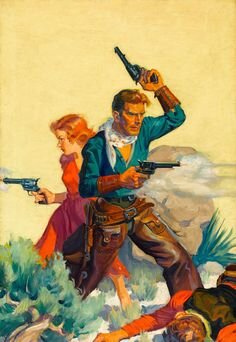Walter Baumhofer: Pulp Art Master
Baumhofer in his golden years, upbeat and undaunted.
Today would’ve been the one hundred and fifteenth birthday of Walter Baumhofer, one of the greatest artists to paint a pulp cover. His career spanned most of the Golden Age of the Pulps and beyond. Through it all, Walter kept refining his craft. He died at the age of eighty-two, respected by his peers and proud of his pulp legacy.
Baumhofer grew up in a working-class family. Three fingers were blown off his left hand in his teens, whereupon, he decided he better improve his art skills, since he would never make it as a manual laborer. That optimistic attitude carried him through the next seven decades.
Walter was a huge fan of the pulps. His favorite—along with Robert E. Howard and thousands of other boys in the interwar years—was Adventure Magazine. At the age of seventeen, he sent some art to Adventure. They sent back the illos, but Baumhofer took it in stride. It may’ve been his first submission to Advenutre, but it was far from being his last.
Baumhofer went on to attend art school. Soon after graduation, he landed his first illustration gig. The same editor at Adventure who had turned him down a few years earlier, Arthur Sullivant Hoffman, decided that Walter had what it took to illustrate one of the top American pulps. Baumhofer would go on to create hundreds of illos for Adventure. By 1928, he was also one of Adventure’s top cover artists, painting numerous covers that are considered classics to this day.
The Great Depression hit Adventure hard. Walter and his wife, also an artist, were looking at a very impecunious situation. Baumhofer, with his usual optimism, took a long shot:
“During the Depression my wife and I were living in the Village [Greenwich Village] and down to one month’s rent. Like any sensible young squirt, instead of paying the landlord, I took a chance and invested $30 to hire a model and paint a rather more detailed speculative cover for [pulp fiction publishers] Street & Smith. They were crazy about it. The general reaction from the top brass was overwhelming, and they hired me to paint covers of Doc Savage and Pete Rice. That pretty much ended the Depression for me.”
You can say that again. Baumhofer became the Doc Savage artist, painting more Doc Savage covers than anyone during Doc’s pulp heyday. Up until the James Bama Doc Savage covers hit the racks in the 1960s, Baumhofer’s rendition of the Man of Bronze was considered definitive. Even then, it has to be pointed out that the Baumhofer Doc is more accurate to the character than Bama’s.
By the mid-1930s, Walter had sold scores of cover paintings to various pulp publishers. However, the “slicks” like Liberty and Collier’s paid more. 1935 saw Baumhofer’s first sale to Liberty Magazine. While he would still do pulp covers for several years, Walter had “made it”, rubbing shoulders—and competing with—the big names of commercial illustration. One of his competitors was Dean Cornwell, his former instructor from art school days.
During World War Two, Walter worked with the USO in a program where volunteer artists would visit hospitals and draw portraits of wounded servicemen. Baumhofer was proud to render hundreds of portraits for the men who had served his country.
In 1950, Baumhofer’s yearly earnings peaked at eighteen thousand dollars—the equivalent of over one hundred and seventy-seven thousand dollars today. From then on, he found fewer and fewer markets for his work in the slicks, which were going to photographs—much like the trend we’ve seen in SFF paperback covers over the last twenty years. Walter had this to say:
“Magazines lost something when they switched from illustrators to photographers. In the old days, the magazines were escape reading, but nowadays people’s escape reading is television.”
Undaunted, as always, Baumhofer started doing work for the paperback market, paperbacks having filled a void left by the general die-off of the pulps. Walter sold plenty of covers to Gold Medal Books, including several for Gardner F. Fox’s swashbuckling historical adventure novels. The “Men’s Adventure” magazines—technically slicks but totally pulp in their attitudes—were also a good market. In addition, Baumhofer kept painting portraits, Western art and landscapes for exhibition in fine art galleries.
Walter died in 1987, proud of his his career and thrilled by the fan adulation brought on by the “pulp revival” of the ‘60s and ‘70s.
Two excellent artbooks spotlighting Baumhofer’s work have been published in the last fifteen years. One is David Saunders’ Walter Baumhofer. The other is John Gunnison’s Walter M. Baumhofer: Pulp Art Masters.
Feel free to check out the gallery of Baumhofer art below..




